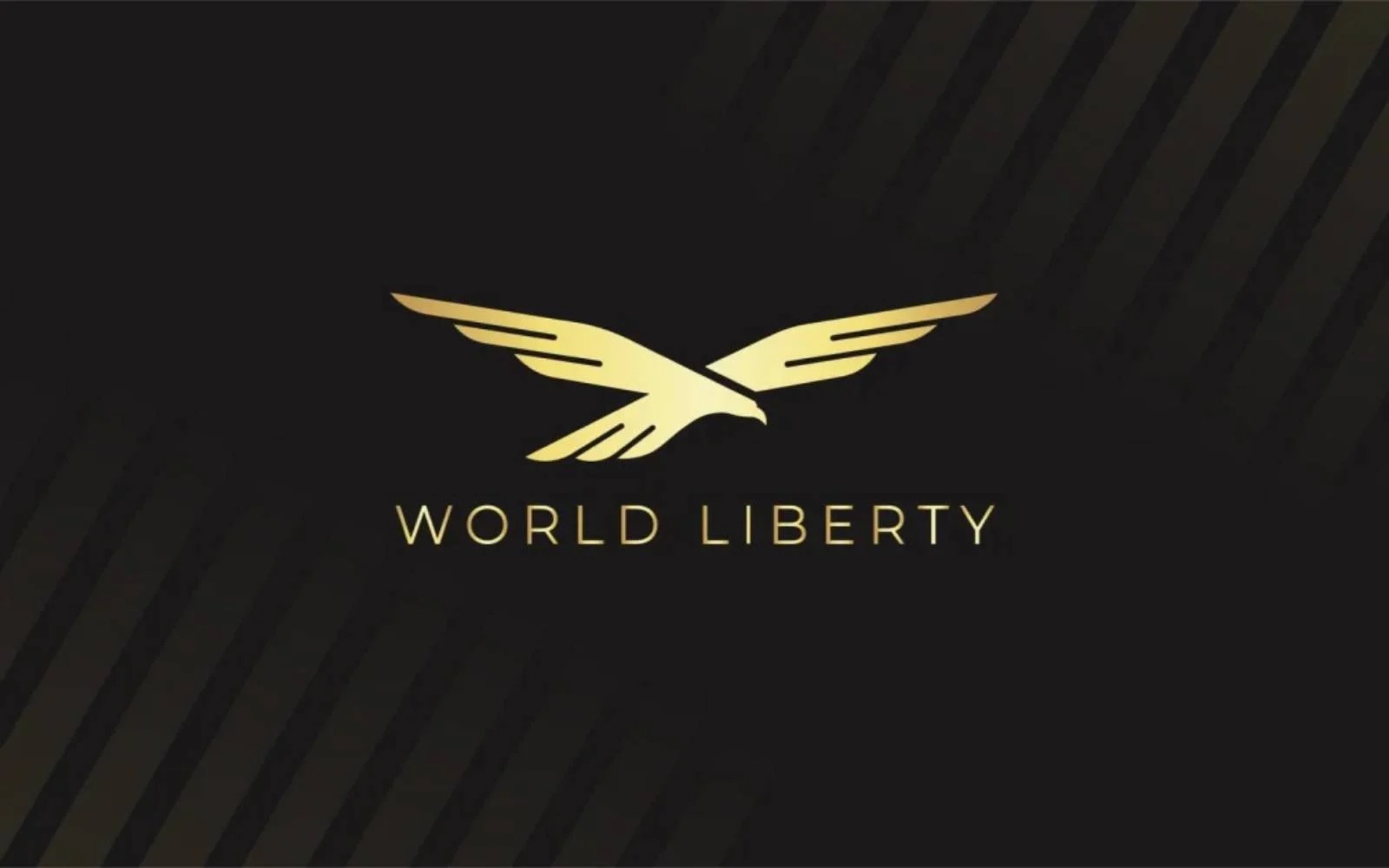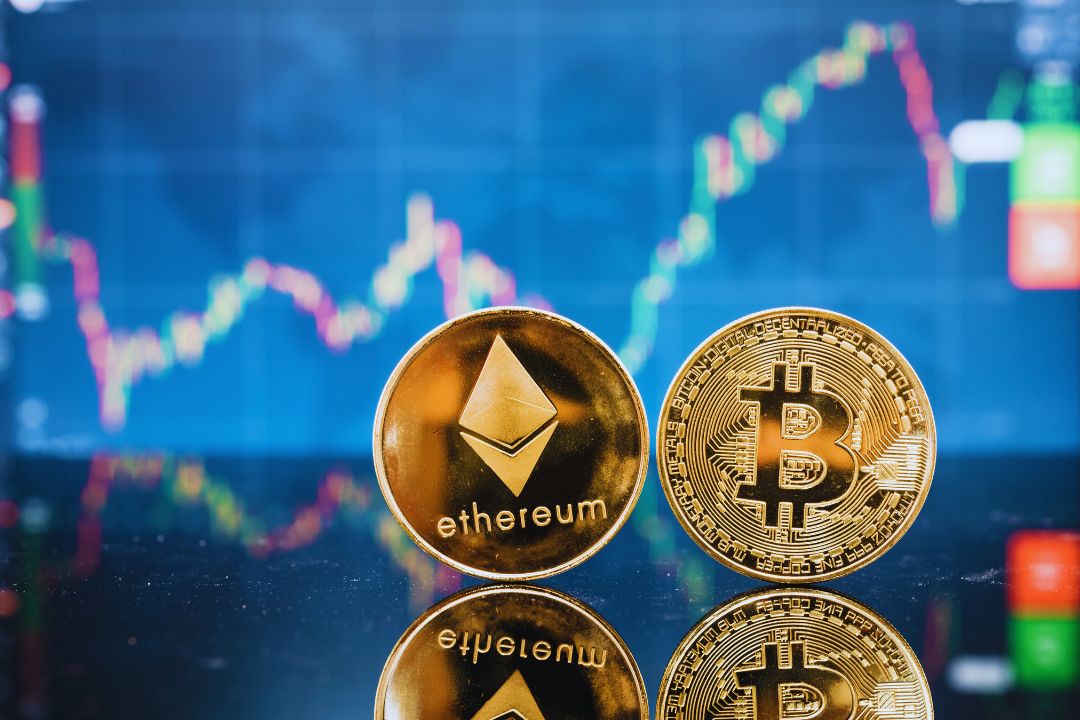World Liberty Financial. The name alone carries weight. A decentralized finance (DeFi) project with Donald Trump’s name attached? That’s enough to turn heads. But as the project makes aggressive moves in the crypto market, stacking digital assets and raising billions, one question looms large: Is this a revolutionary step for DeFi, or just another way to funnel cash into Trump-affiliated entities?
A Leadership Structure Unlike Any Other
Most crypto projects have founders, developers, and advisors. World Liberty Financial? It has a Trump-packed leadership team. Donald Trump himself holds the title of chief crypto advocate. His youngest son, Barron? He’s the DeFi visionary. Eric Trump and Donald Trump Jr.? They’re Web3 ambassadors.
Beyond the Trump name, the project’s operational leadership is helmed by Chase Herro and Zachary Folkman. Their previous DeFi platform, Dough Finance, suffered a $2 million hack in mid-2024. Not the best track record. But their connection to the Trump family—particularly Herro’s father, a close Trump ally—appears to have paved the way for World Liberty Financial’s rise.
And the structure of the company? A Delaware-based entity, WLF Holdco, holds full control of the platform. A decentralized project that is 100% owned by a single entity? Critics aren’t convinced.
Big Moves in the Crypto Market
If there’s one thing World Liberty Financial isn’t shy about, it’s buying crypto. It started in late 2024, acquiring thousands of AAVE tokens. By early 2025, it was making bigger plays—over $90 million in wrapped Bitcoin (WBTC) and Ethereum (ETH), plus $400,000 in Ondo-issued tokenized US Treasury bonds.
As of February 2025, the company’s portfolio included:
- 78,538 ETH, valued at $208.61 million (a 21.79% drop from its purchase price).
- 646.72 WBTC, worth $62.3 million (down 7.59% from the initial investment).
- Stablecoin reserves of $37.26 million USDC and $10.84 million USDT.
But here’s where it gets murky. While World Liberty Financial claimed it wasn’t selling, blockchain analysts noticed something strange—$345 million worth of crypto was moved to CoW Protocol and Coinbase Prime, making transactions harder to track. Then, in early February, reports emerged that the company’s holdings had mysteriously dropped to just $35 million. Most of its crypto? Sold off, despite the company’s claims to the contrary.
And then came today’s move—March 5th. Another $25 million in crypto acquisitions: $10 million in Ethereum, $10 million in Wrapped Bitcoin, and $1.5 million in MOVE tokens. But why? Is this strategic accumulation, or just another round of rapid buying and selling?
The Business Model: DeFi or Just Political Branding?
World Liberty Financial markets itself as an alternative to traditional banking—allowing users to borrow, lend, and invest in digital assets without middlemen. The platform’s slogan? “Make crypto and America great.” If that sounds more like a campaign slogan than a financial mission, well, you’re not alone in thinking that.
Its governance token, WLFI, is unlike most crypto tokens. It’s non-transferable after purchase. No trading, no speculation—just governance rights. Theoretically, this aligns users with the platform’s vision. But in practice? It means buyers can’t cash out.
Yet, despite its restrictions, WLFI has pulled in serious money. 24 billion tokens have been sold at $0.05 each, raising $1.2 billion. Among the top buyers? Justin Sun, the controversial Chinese crypto mogul, who reportedly dropped at least $75 million into the project.
Here’s the part that raises eyebrows. An LLC tied to Trump and his family controls:
- 60% of the project’s equity
- 75% of all WLFI token sale fees
- 22.5 billion WLFI tokens—valued at $1.1 billion
That’s not a standard DeFi model. That’s a revenue stream that overwhelmingly benefits Trump-affiliated entities.
Token Swaps and Influence Games
World Liberty Financial isn’t just accumulating crypto—it’s forging partnerships. But the way it’s doing so is unusual. It’s been offering blockchain projects a deal: Buy at least $10 million worth of WLFI tokens (with a 10% fee), and World Liberty Financial will buy an equal amount of the project’s native token.
A leaked message showed that a $15 million investment would grant even better terms. Projects like Movement Labs have already engaged, though some later backpedaled on their involvement.
But why the aggressive token swap strategy? Critics suggest it’s less about strategic partnerships and more about inflating WLFI’s perceived value.
A DeFi Protocol Unlike the Rest
World Liberty Financial is a DeFi platform, but not in the way most people think. Unlike Aave, Curve Finance, or Sky Protocol (formerly MakerDAO), which distribute governance and financial rewards to their communities, World Liberty Financial funnels profits into a single Trump-affiliated entity.
Where Aave’s revenue rewards liquidity providers and stakers, and Curve’s model supports long-term participants, World Liberty Financial’s structure ensures that 75% of its profits go directly to Trump-related interests. That’s not a decentralized model—it’s a centralized revenue machine wrapped in DeFi branding.
Political Connections and Regulatory Questions
Trump’s involvement brings another layer of complexity. In early 2025, after Trump won a second term as U.S. president, the SEC reportedly backed off an investigation into Justin Sun’s crypto dealings. The timing? Suspicious, to say the least.
World Liberty Financial’s structure also raises concerns about regulatory scrutiny. If its governance model benefits a single entity rather than its users, could it face legal challenges down the road?
What’s Next?
World Liberty Financial is expected to launch its full platform in Q3 2025 at a $1.5 billion valuation. Right now, the only thing users can do is buy WLFI tokens. When it finally launches, it aims to offer yield farming, lending, and borrowing—but with no clear technical innovation beyond what other DeFi platforms already provide.
So what is World Liberty Financial really? A groundbreaking crypto initiative? Or a cleverly structured, Trump-branded financial play?
With billions on the line, and high-profile names involved, the coming months will reveal whether this project is a DeFi powerhouse—or just another politically fueled cash machine with a blockchain twist.



